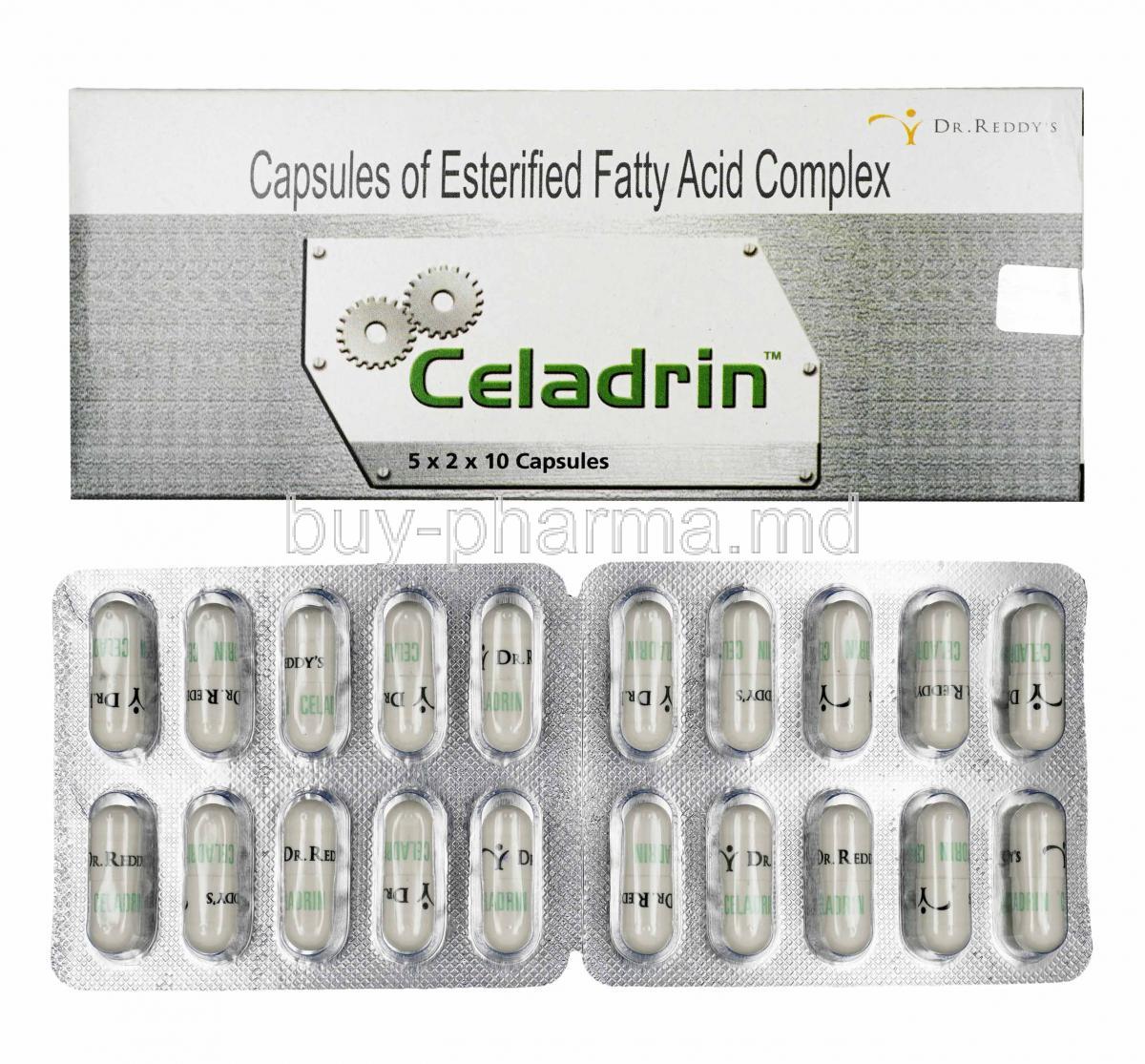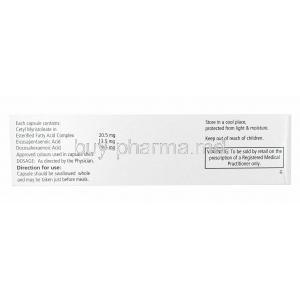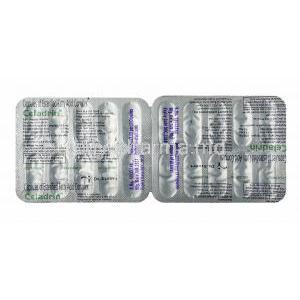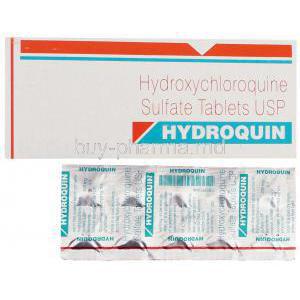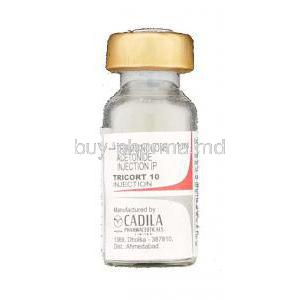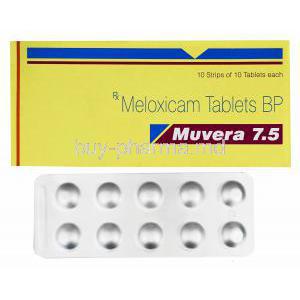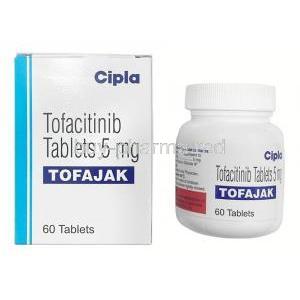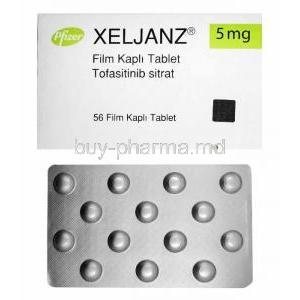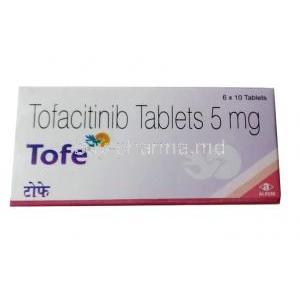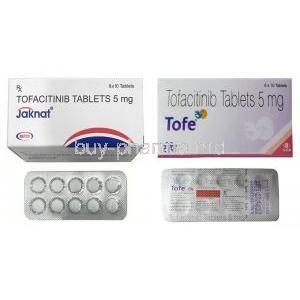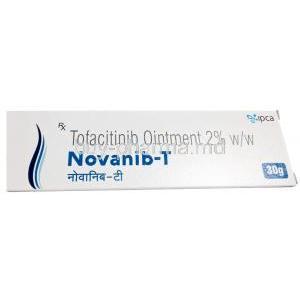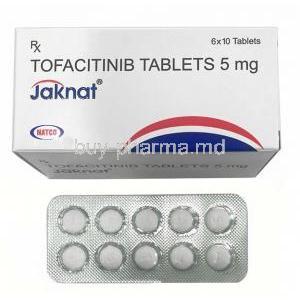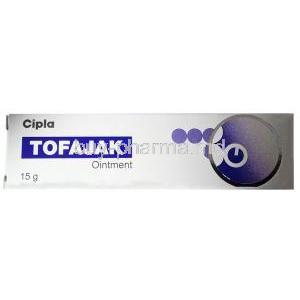Celadrin
- I. Introduction
- II. Composition of Celadrin
- III. How Celadrin Works
- IV. Uses of Celadrin
- V. Off-Label Uses of Celadrin
- VI. Dosage and Administration
- VII. Side Effects of Celadrin
- VIII. Important Precautions
- IX. Administration to Elderly
- X. Administration to Pregnant Women and Nursing Mothers
- XI. Administration to Children
- XII. Warnings and Contraindications
- XIII. Careful Administration
- XIV. Overdosage
- XV. Storage and Handling Precautions
I. Introduction
Celadrin, a groundbreaking substance renowned for its ability to improve joint mobility and promote healthy skin, represents a significant advancement in the realm of natural health supplements. This remarkable compound, developed through scientific research, signifies a critical milestone in the pursuit of noninvasive treatments for arthritis and associated ailments. This article aims to delve into the facets of Celadrin, ranging from its distinctive composition to its diverse range of therapeutic applications, highlighting its potential to transform how we approach the management of joint and skin wellness.
II. Composition of Celadrin
- The main components and their functions: Celadrin is made up of a combination of modified fatty acids. Research has indicated that these fatty acids can help decrease inflammation and alleviate pain while promoting the overall well-being of our cells.
- What makes Celadrin unique: Unlike treatments, Celadrin directly focuses on improving cell membranes' flexibility and elasticity. This plays a role in repairing and maintaining healthy cells, contributing to its distinct approach.
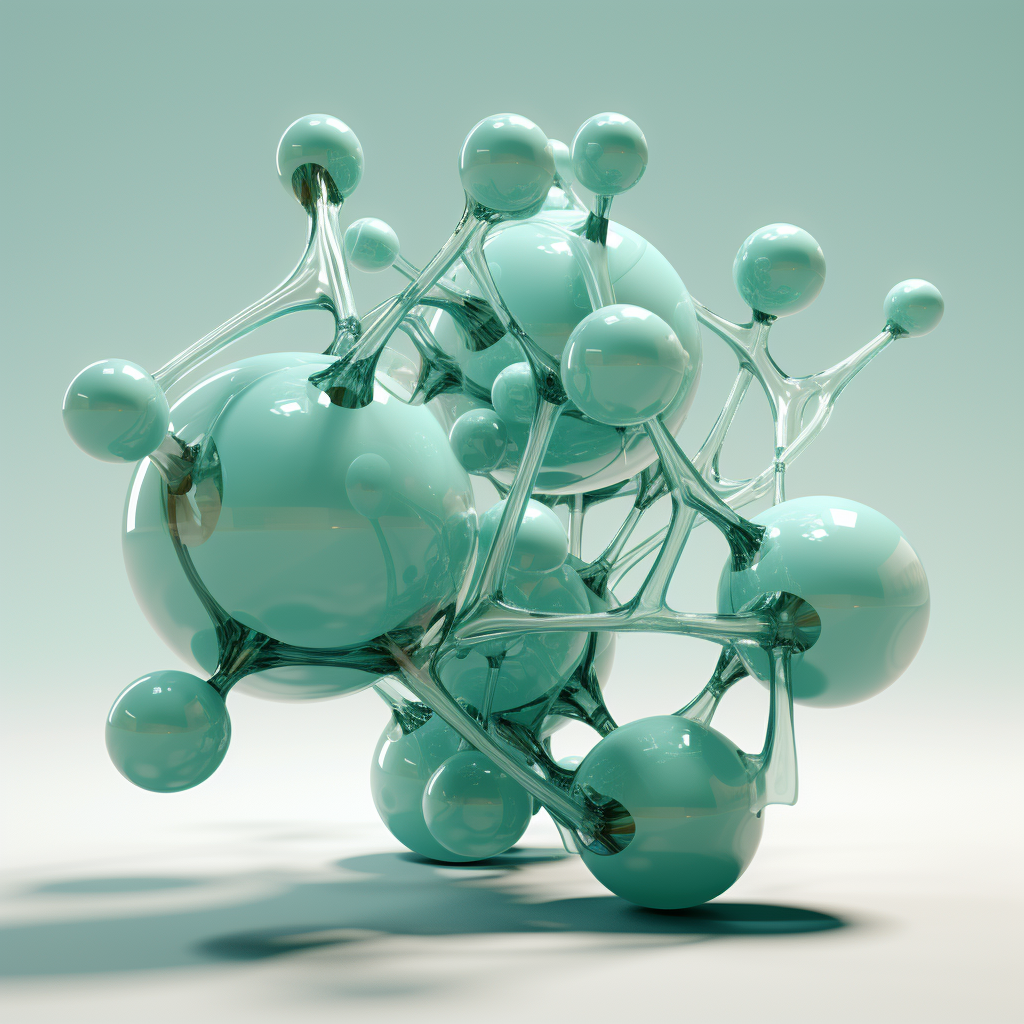
III. How Celadrin Works
The key to Celadrin's effectiveness lies in how it works within our cells. It helps lubricate cell membranes over the body, including those in our joints. This helps reduce inflammation in the joints and improves flexibility and mobility. Additionally, Celadrin has benefits for skin health. It enhances the skin's ability to retain moisture, improving elasticity and reducing the visibility of lines and wrinkles.
IV. Uses of Celadrin
- Osteoarthritis:
- In a study involving 64 patients with osteoarthritis (OA), Celadrin capsules improved knee flexibility and reduced aches and pains compared to the placebo group 1.
- Celadrin cream also significantly improved functionality and reduced pain and stiffness in OA patients 1.
- Muscle Pain:
- Blood Clotting:
- Psoriasis and Fibromyalgia:
V. Off-Label Uses of Celadrin
-
Sports Medicine:
- Celadrin has gained popularity among athletes for its potential to aid in faster recovery from physical exertion and injuries.
- By promoting joint health and reducing inflammation, it supports athletes during intense training and competition.
-
Neurological Health:
- Ongoing research suggests that Celadrin may have implications for neurological well-being.
- While more studies are needed, its potential benefits in conditions like multiple sclerosis (MS) and other neurological disorders are being explored.
-
Immune Support:
- Celadrin’s unique properties make it a candidate for supporting the immune system.
- Although research is still in progress, its role in immune health is an area of interest.
-
Continuous Exploration:
- The complete therapeutic capabilities of Celadrin are continually being investigated.
- Scientists are uncovering new aspects of its action, lubrication of joints, and potential immune-modulating effects.
VI. Dosage and Administration
The recommended dosage guidelines for Celadrin may differ depending on the administration method, such as creams, capsules, or other forms. These guidelines are customized to optimize their effectiveness for conditions and patient groups. We also consider age groups and specific conditions when adjusting the dosage, ensuring a personalized treatment approach.
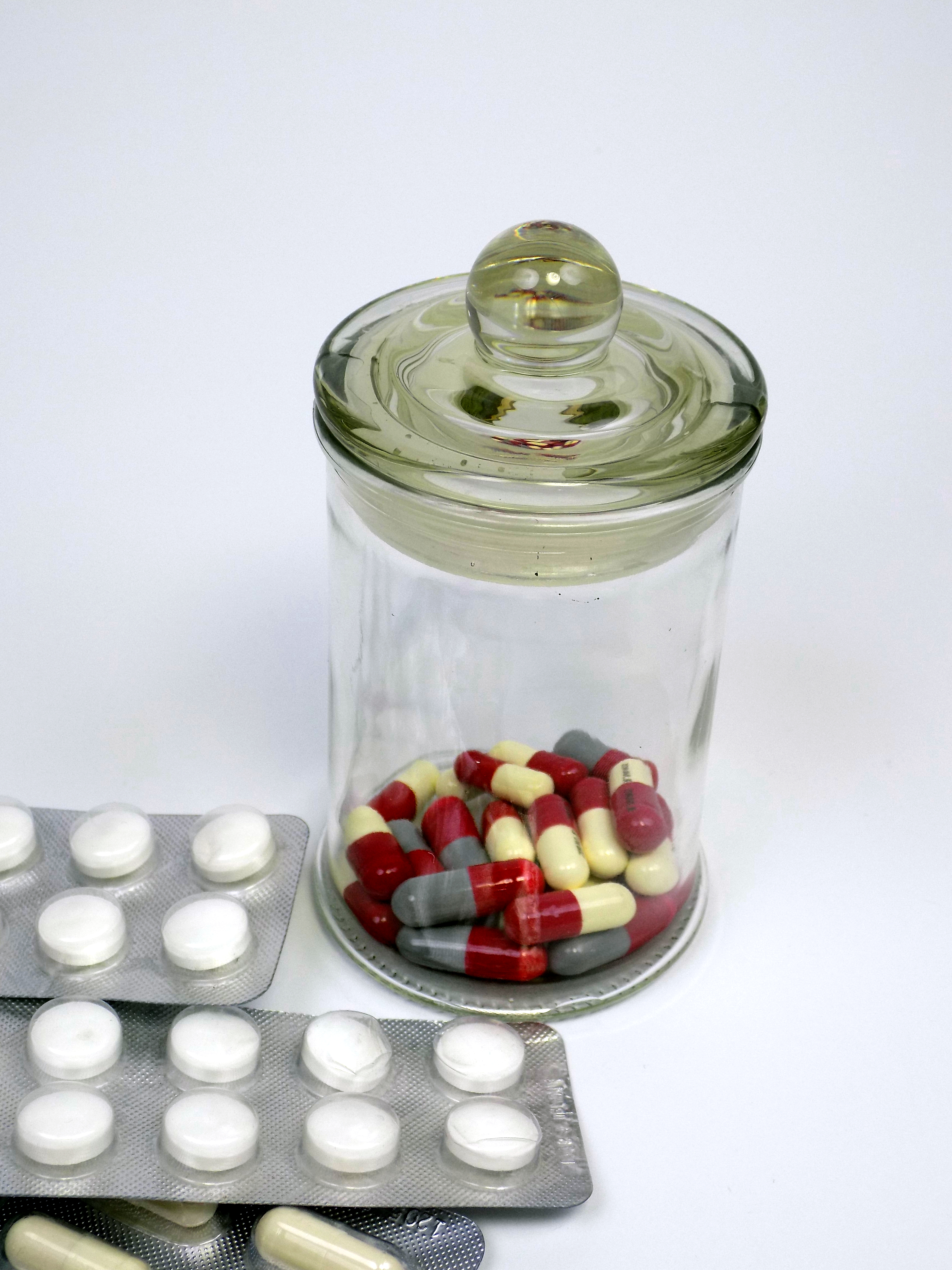
VII. Side Effects of Celadrin
Although Celadrin is widely recognized for its safety record, it is important to understand any potential side effects before using it. The majority of side effects reported are minor. Can be easily managed, highlighting the advantage of Celadrin compared to more intense treatment options.
VIII. Important Precautions
When incorporating Celadrin into a treatment plan, it is important to be mindful of how it interacts with medications and supplements. It's also vital to stay vigilant for any allergy alerts or hypersensitivity reactions. This is especially crucial when considering precautions for populations so that everyone can safely experience the therapeutic benefits of Celadrin.
IX. Administration to Elderly
It is crucial to make adjustments and take into account the specific needs of elderly patients as they have increased sensitivity and unique health conditions. Adapting the use of Celadrin to accommodate the changes that come with aging can greatly improve its effectiveness and safety, for older individuals.
X. Administration to Pregnant Women and Nursing Mothers
The use of Celadrin in women and breastfeeding mothers requires careful consideration. Since there is research available for this specific group, the Safety Profile and Recommendations are based on a cautious analysis to minimize any potential risks proactively. Healthcare professionals should carefully evaluate the benefits versus risks before suggesting Celadrin, ensuring that the health and well-being of both the mother and child are given top priority.
XI. Administration to Children
When it comes to using Celadrin in care, it's crucial to follow age-related guidelines and safety measures. Because children's bodies are still growing and changing, the dosage and way of giving the medication need to be adjusted to meet their unique needs and tolerance levels, before including Celadrin in a child's treatment plan, doctors must thoroughly evaluate their health to make sure there won't be any unexpected negative effects.
XII. Warnings and Contraindications
- Conditions and Situations to Avoid Celadrin: If you have had any reactions to any of the components in Celadrin, it is best to avoid using it. Moreover there are medical conditions that may make the use of Celadrin unsuitable so it's important to consult with a healthcare professional before starting its use.
- Cautionary Notes about Interactions with Medications: It's important to have a detailed conversation with your healthcare provider about any medications you are currently taking, as there may be potential interactions between them and Celadrin, which can lead to adverse effects.
XIII. Careful Administration
When dealing with patients who have preexisting conditions, it is essential to use caution when administering Celadrin. Considering the patient's history can help customize the treatment plan to address their specific health challenges. Additionally, monitoring and managing long-term usage of Celadrin is crucial to ensure it continues to provide benefits without causing any unexpected complications.
XIV. Overdosage
If someone takes much of a substance it is important to be able to identify the signs and symptoms of an overdose so that prompt action can be taken. These symptoms can vary from discomfort to more serious reactions, which would require immediate attention and treatment following established protocols. It is crucial to contact professionals right away in order to provide the necessary care and minimize any negative effects.
XV. Storage and Handling Precautions
To ensure that Celadrin remains effective, it is important to follow the recommended storage guidelines. It should be kept in a dry place away from direct sunlight to maintain its integrity. Furthermore, it is advisable to keep Celadrin in its packaging until you are ready to use it and avoid exposing it to extreme temperatures, as this may affect its therapeutic properties.


